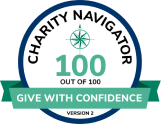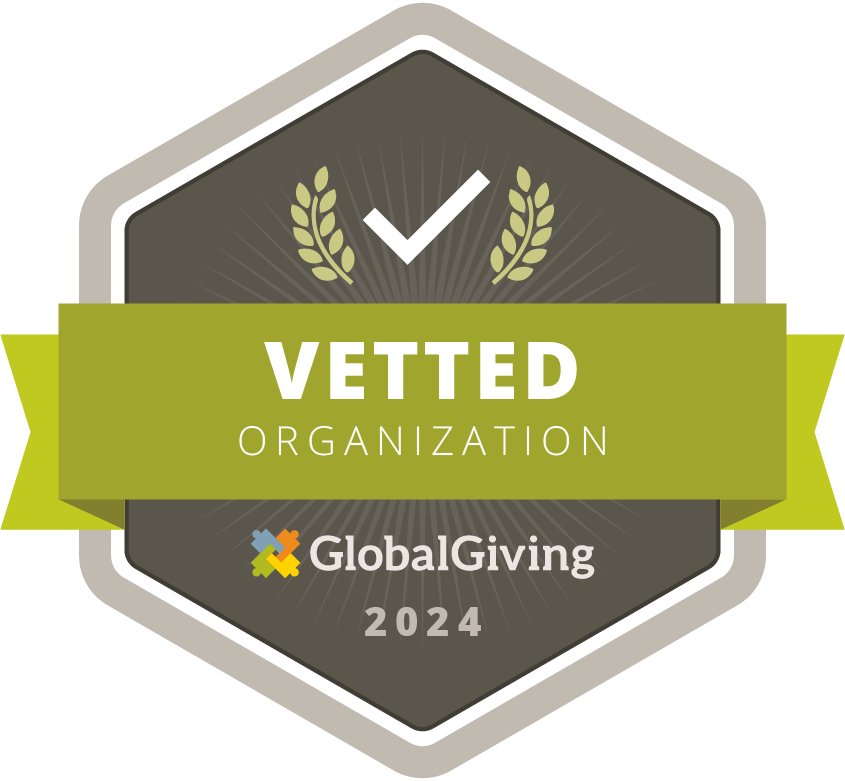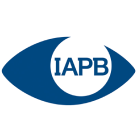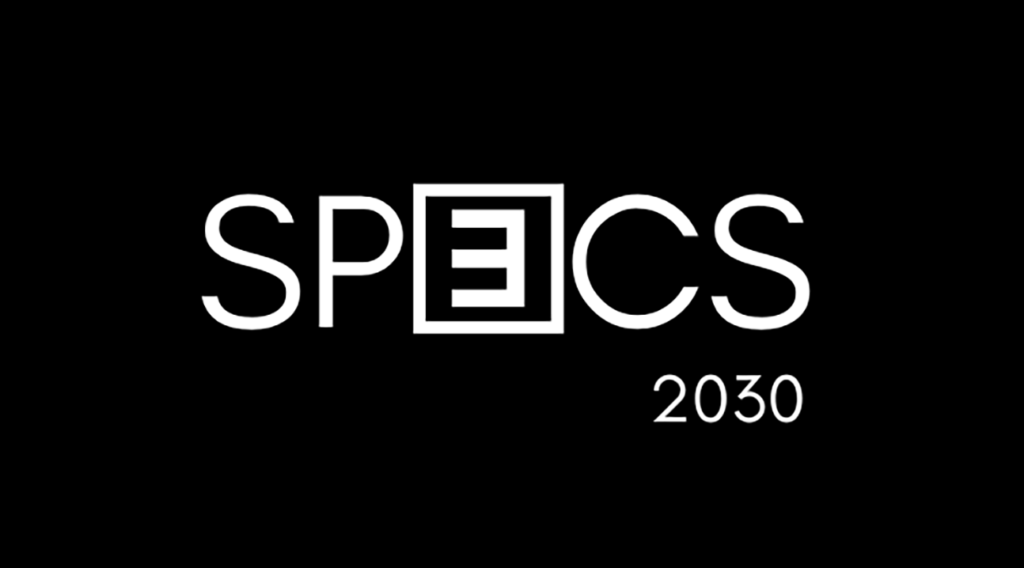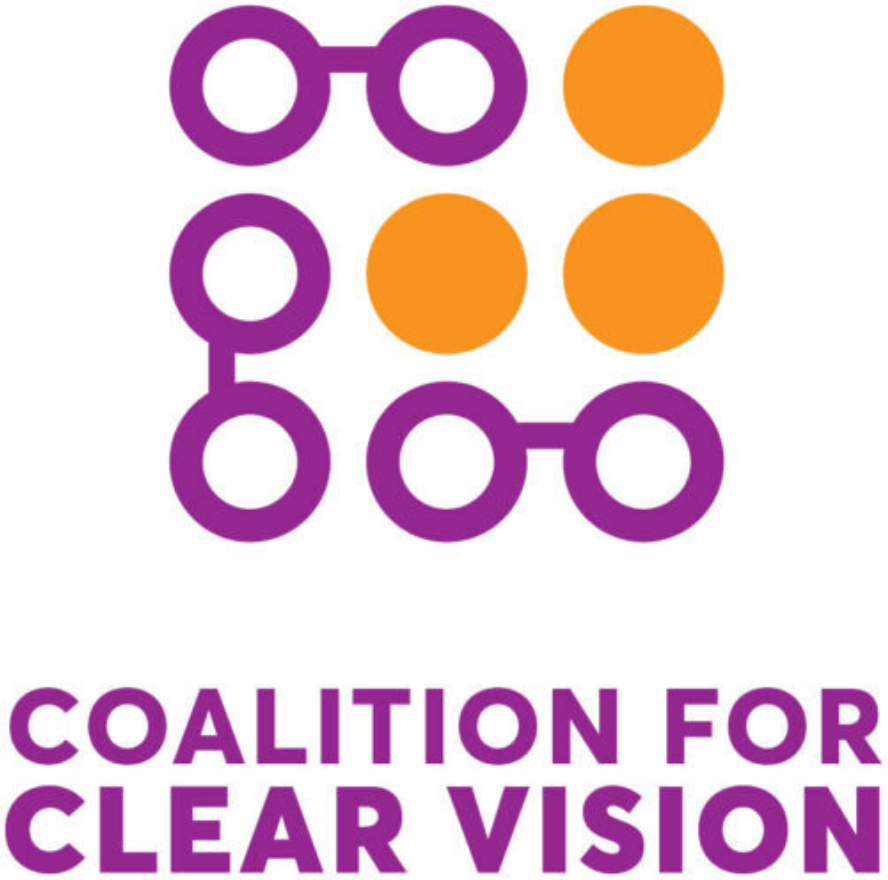By Pelin Munis, Ph.D., Chief Executive Officer, RestoringVision
Over the course of the last week, I’ve been in Singapore engaging with eye health advocates from across the globe in impactful discussions during the International Agency for the Prevention of Blindness (IAPB) 2030 IN SIGHT LIVE conference.
2030 IN SIGHT LIVE is an annual, high-level meeting dedicated exclusively to the elimination of avoidable blindness and visual impairment worldwide. This meeting of the minds leads to action on 2030 In Sight – the sector-wide strategy for driving this ambitious, once-in-a-generation chance for change.
 In collaboration with the Singapore Eye Research Institute, the IAPB invites delegates to use this annual opportunity to share and shape their contribution as part of the global movement to create sustainable access to vision services for over 1 billion people worldwide who have a vision impairment that could have been prevented or is yet to be addressed. RestoringVision brings a unique perspective to the table as we know that 81% of the issue is solvable with a pair of reading glasses. Today, there are 826 million people worldwide who are living in poverty and experiencing blurry vision due to an aging condition called presbyopia – and they do not have the ability to access or afford reading glasses. The world is filled with problems that are insurmountable and complex to solve however, this is one of the world’s solvable problems.
In collaboration with the Singapore Eye Research Institute, the IAPB invites delegates to use this annual opportunity to share and shape their contribution as part of the global movement to create sustainable access to vision services for over 1 billion people worldwide who have a vision impairment that could have been prevented or is yet to be addressed. RestoringVision brings a unique perspective to the table as we know that 81% of the issue is solvable with a pair of reading glasses. Today, there are 826 million people worldwide who are living in poverty and experiencing blurry vision due to an aging condition called presbyopia – and they do not have the ability to access or afford reading glasses. The world is filled with problems that are insurmountable and complex to solve however, this is one of the world’s solvable problems.
The global lack of access to glasses exacerbates existing inequalities – and we have a golden opportunity – within our lifetime – to change this once and for all. The World Health Organization’s World Report on Vision states, “The burden of eye conditions and vision impairment is not borne equally: it is often far greater in low- and middle-income countries, among older people and in women, and in rural and disadvantaged communities.” Men experience increased access to vision services and eyeglasses than women do worldwide with 10.4% more coverage, increasing gender inequities. From the perspective of income inequality, individuals in high-income countries experience 90% refractive error coverage compared to just 15% refractive error coverage in low-income countries. In addition, people over the age of 50 also experience an increased lack of access to vision services and eyeglasses – those most likely to have presbyopia. Through these examples, we again see the importance that clear vision plays in addressing critical inequalities and advancing the United Nations Sustainable Development Goals.
During this event in Singapore, I also had the opportunity to continue discussions with the World Health Organization’s Global Refractive Error Expert Consultation group on ways to advance our work together as a follow-up to our meeting in Geneva in early May. The WHO and its member states have set an ambitious goal – to achieve a 40-percentage point increase in effective refractive error coverage for people worldwide by 2030. Countries that have a baseline effective coverage rate of 60% or higher should strive for universal coverage. These are ambitious goals but together, we can succeed.
Increased access, affordability, and sustainability are the keys to solving the global vision crisis. People worldwide deserve the opportunity to see clearly – to unlock their full human potential and to live their best lives no matter their location or income level. People across the globe will develop presbyopia if they live longer lives. And life absolutely should not end after age 40 because of blurry vision – not when we have a 700-year-old invention – eyeglasses – that can solve this problem if we come together with a focused strategy and plan.
In one of our programs in Kenya, a man who was receiving a vision screening and eyeglasses started crying. The man’s wife and two children were starving because the man was a tailor who could no longer see to thread the needle and could no longer earn an income. The eyeglasses he received had many ripple effects: restoring the man’s income, allowing him to feed his family and end their extreme hunger, thus restoring their health, and giving him the chance to reach his full potential despite the natural effects of the aging process.
We cannot leave people like this man in Kenya who are in their prime working years behind. The economic disadvantages caused by blurry vision are devastating and wipe away entire incomes in an instant, and while vision has been left behind historically, there is a global shift and momentum building to ensure it is included on the global agenda and for good reason. In this example, the transformative power of clear vision is most certainly life-saving for this man’s family who were starving due to his inability to work and provide food for their table.
In another example in India, a group of mothers was eager to receive a vision screening and eyeglasses for the sake of their children’s safety and those for whom they prepared food. The women regularly sorted stones out of rice while preparing meals. In the past, not being able to recognize a stone in rice due to blurry vision had tragic consequences. A person eating once bit into a stone, breaking a tooth. It resulted in an abscessed tooth and a dental emergency that ultimately resulted in the person dying from the infection. The women said the eyeglasses would help them to see clearly, allowing them to see and remove stones from the rice they serve – potentially saving other lives as a result of their restored vision. In this case, eyeglasses were life-changing, and lifesaving.
Clear vision is an integral key that unlocks a path forward to greater income equality, greater gender equality, and greater equality for aging people whose lives are still rich with potential and ability. Together, we must work to uplift and empower the 1 billion people waiting to see clearly, and the 826 million who only need a pair of reading glasses to fulfill their dreams and goals, to provide for their families, enhance their own health and their family’s health, and to earn an income. This is what we hope for our own families – let’s bring this vision to life for families worldwide, no matter how remote their location may be, and no matter their income level. Clear vision is an input to an equitable world.

